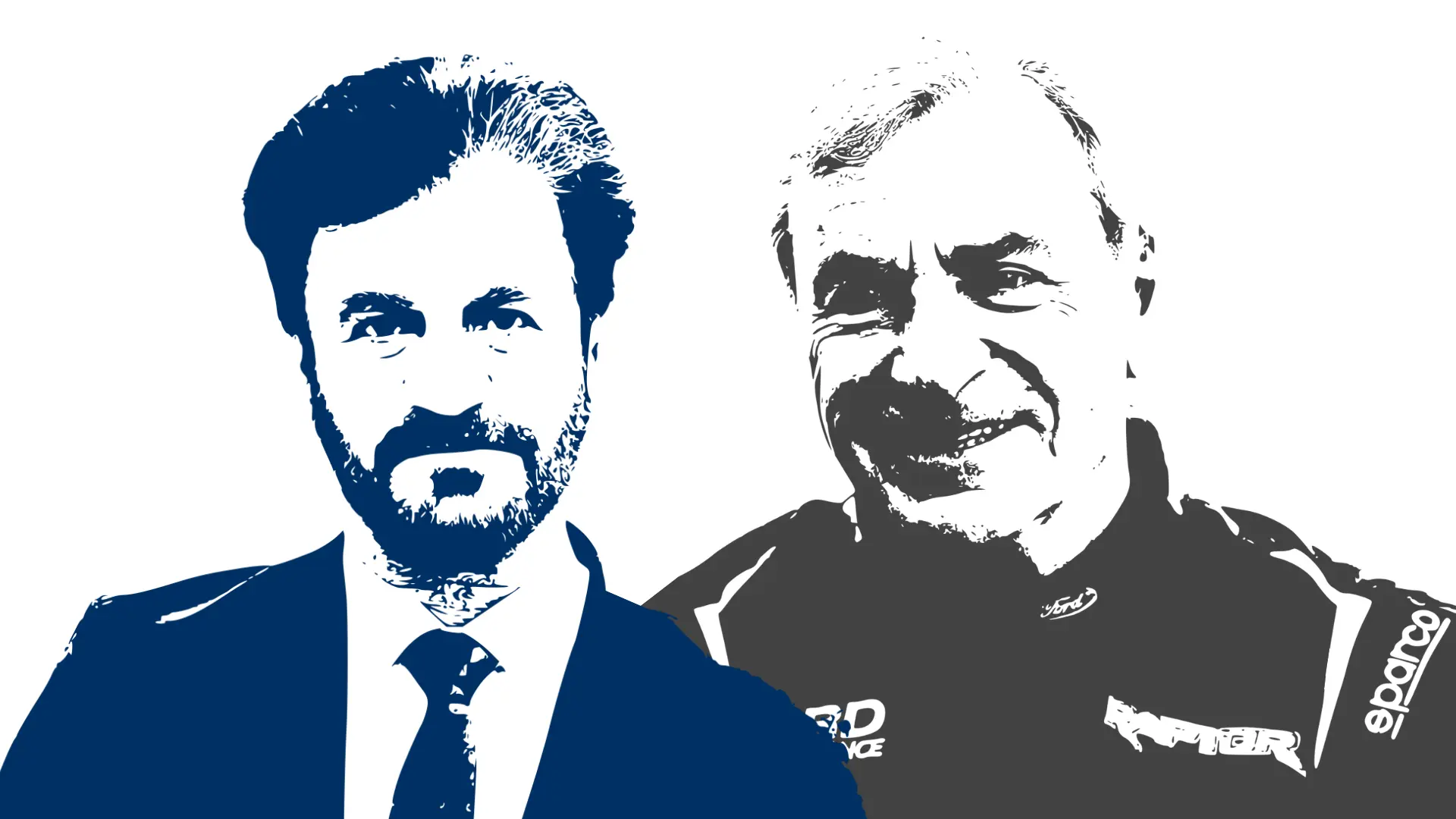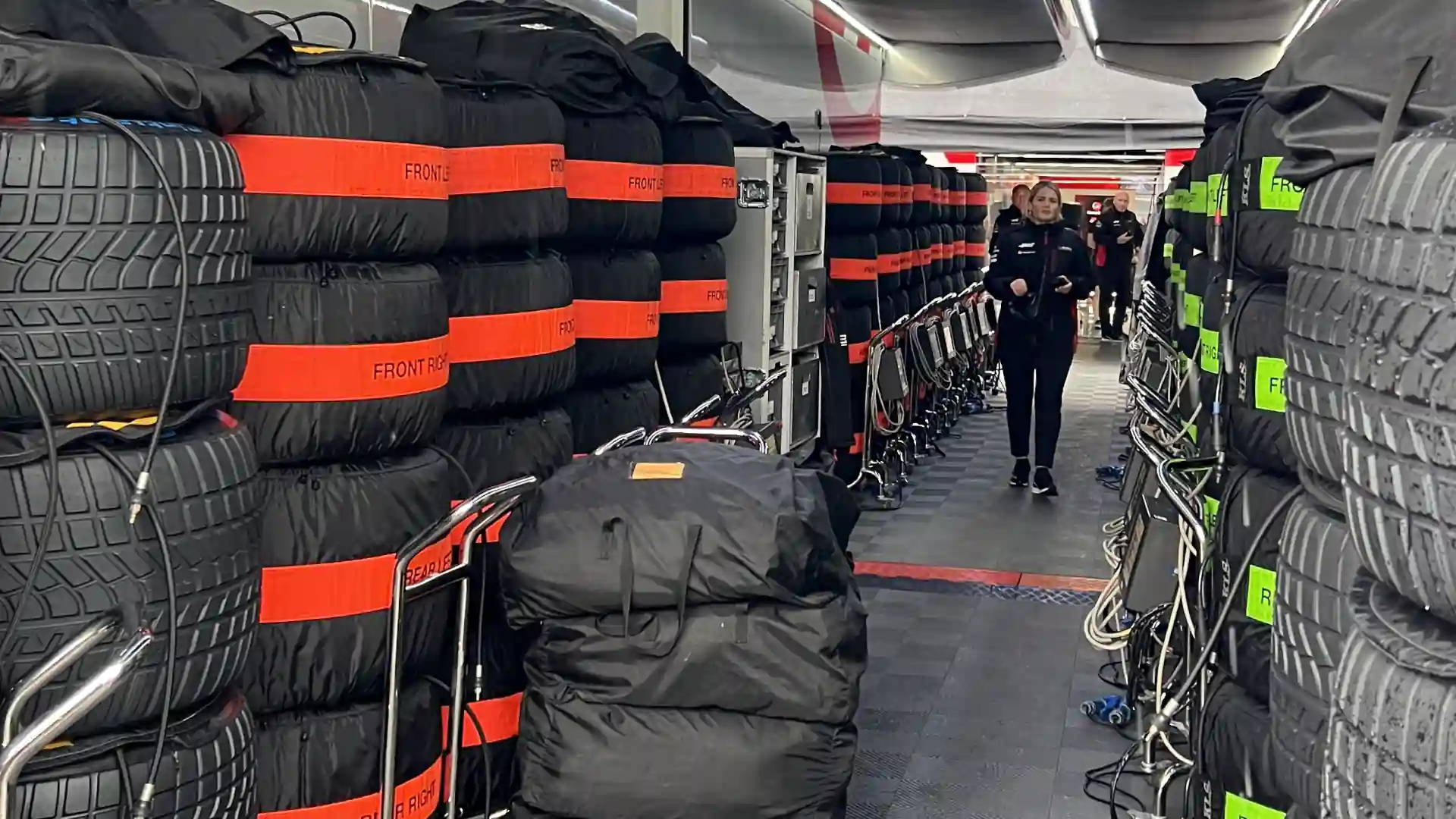The Monaco Grand Prix weekend was, as always, a spectacle in its own way.
Lando Norris put down an electric lap on Saturday, beating out hometown hero Charles Leclerc for pole position by a slim 0.109s. He converted that into his first win inat Monte Carlo, and his second of the season. While McLaren’s lead in the Constructors’ standings has grown with every race, the Drivers’ battle between Norris and his teammate Oscar Piastri continues to brew, and their gap in the standings sits at just 3 points now. With Norris looking much more comfortable in the car as of late, the push and pull between the two is only going to grow so long as they are allowed to race amongst each other.
Yet while McLaren’s clear dominance has been a thrill to watch, it took a step back from centre stage this weekend. In fact, most of the dialogue about the Monaco Grand Prix has focused on a brand new track-specific rule mandating two stops for every driver. The rule was introduced in an attempt to encourage more action on race day as Monaco is known to be largely qualifying-dependent.
But was it successful? It’s hard to say.
The fun was in the strategic potential
On the one hand, this was indeed a far more action-packed race than, for example, last year’s. A degree of chaos was brought on by the fact that pit stops were happening fairly frequently throughout the entire race. And once the first wave of stops began, several drivers made radio calls to their crews asking what to do as nobody was certain of how things would shake out. All in all, it was genuinely interesting to see how different teams approached strategy within this new regulation.
Indeed, there were more strategic options to experiment with, something many were hoping to see at the Monaco Grand Prix. While the front-runners played it relatively safe and spread their pit stops out fairly evenly, other teams did take risks. Haas and VCARB chose to front-load both of their stops and go long, while Mercedes held out, cramming in both of their stops at the very end.
And this did bring some excitement to the racing, like when Oliver Bearman came out of his first pit stop and started setting fastest laps from the very back. Or when Max Verstappen rode out the end of the race on absolutely shredded tires on the off-chance that a red flag would seal his lead, all the while holding up Lando Norris with a thirsty Charles Leclerc hot on his heels. In those moments, it did feel like anything could happen.
Monaco remains an easy riddle to solve
Alas, it pretty soon became clear that several teams knew exactly what would happen. Despite the extra stop, several teams including VCARB, Williams and Mercedes all had one driver holding the field back for the other to build up a big enough gap for a pit stop without much damage. On a track so narrow that most cars are at the mercy of whoever is in front of them and the pace they are going at, these slow team games extinguished any of the potential chaos and uncertainty that many were expecting.
For the likes of VCARB, it worked particularly well. Liam Lawson held off the field enough for both Isack Hadjar and several of the drivers around him to successfully make a tire change and still had enough buffer around him during his own pit stop to finish in P8 and score his first points of the season. This earned both Hadjar and Lawson the best race finishes of their F1 careers, and brought a hefty 12 point haul for the team.
Williams likewise played the teamwork card brilliantly. Once VCARB deployed their plan to use one driver to protect the other, Alex Albon and Carlos Sainz were quick to react in kind. Each took turns holding the field up while the other completed both of his stops. This secured both drivers a place in the points, yet neither were particularly pleased with the tactic, with Albon calling it “a very ugly race,” on his team radio after everything was over and even apologizing to the fans for the way things happened.
Frustrations all around after another difficult Sunday
Yet Albon and Sainz were not alone in their frustrations. Stuck behind the two Williams cars, George Russell was not particularly pleased with being forced to drive several seconds off the lap pace of his car. Russell took things into his own hands and cut across the Nouvelle Chicane to overtake Albon. His intention was to outdrive the standard 5-second penalty for this but was instead slammed with a much harsher drive-through.
Russell’s irritation with the way that the race turned out was mirrored by several other drivers. Despite his team’s overall good performance, Sainz was particularly vocal about his dislike of how the race evolved when speaking to Sky Sports.
“I'm just a bit disappointed with the whole race and the whole weekend. It shows the two-stop change is nothing around Monaco and people are still going to do what we did today. People are still going to manipulate the final result with the driving,”
Verstappen likewise commented,
“You can't race here anyway, so it doesn't matter what you do. One stop, 10 stops. Even at the end I was in the lead, but my tyres were completely gone, and you still can't pass. I think nowadays, with an F1 car, you can just pass a Formula 2 car around here.”
Overall, the 2-stop rule was an experiment well worth trying but not one that was entirely successful. While it added intrigue between Saturday and Sunday, in the end, no number of pit stops could have fixed the biggest problem at Monaco. Overtaking continued to be near impossible along the Monte Carlo track and, despite more strategic options, the teams easily figured out how to game the system to their advantage. Where we go from here is hard to say, but it is all the more clear that a much bigger change is needed to bring the magic back to Monaco.



%20(1).webp)
.webp)


























































































.webp)










